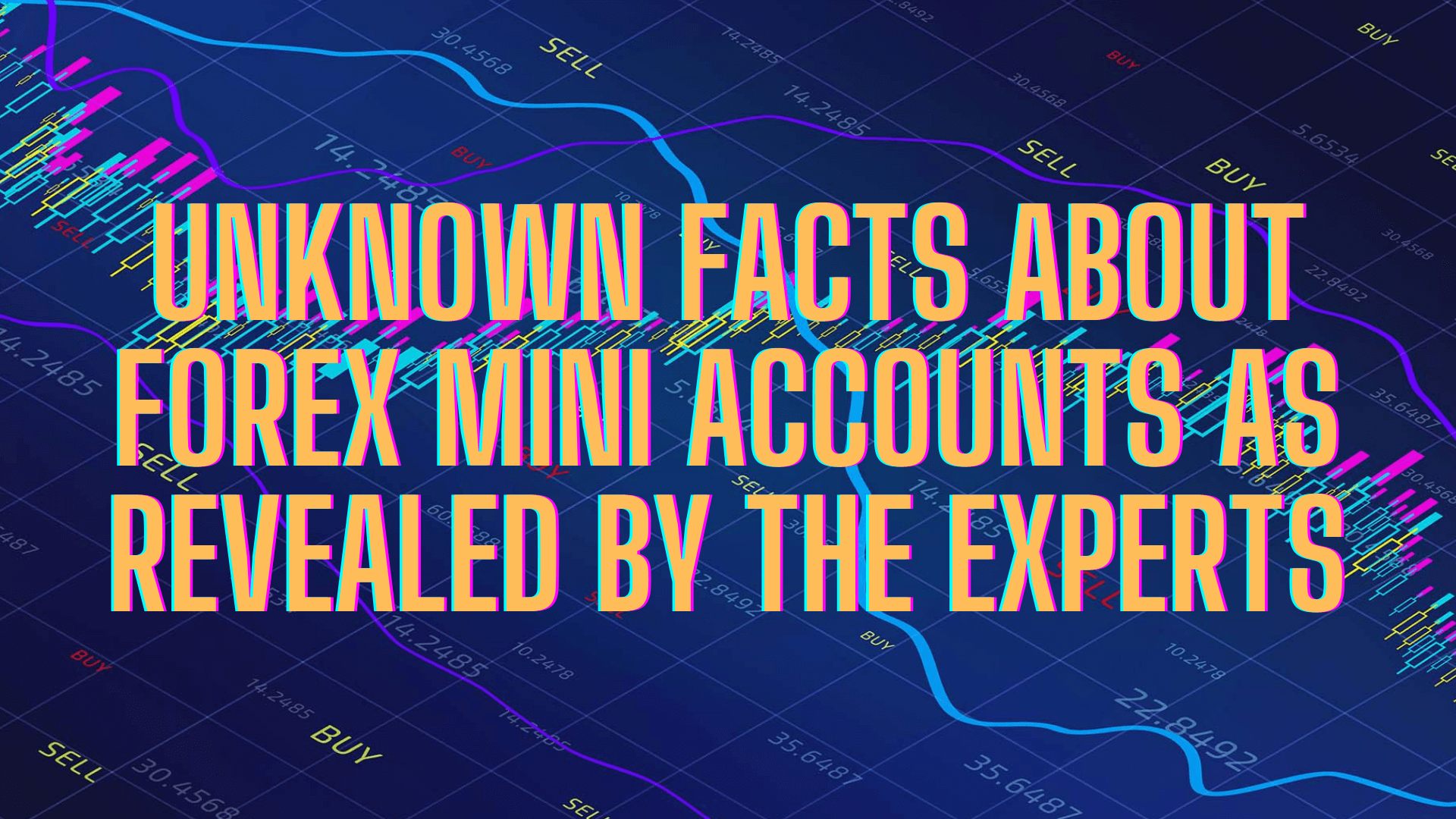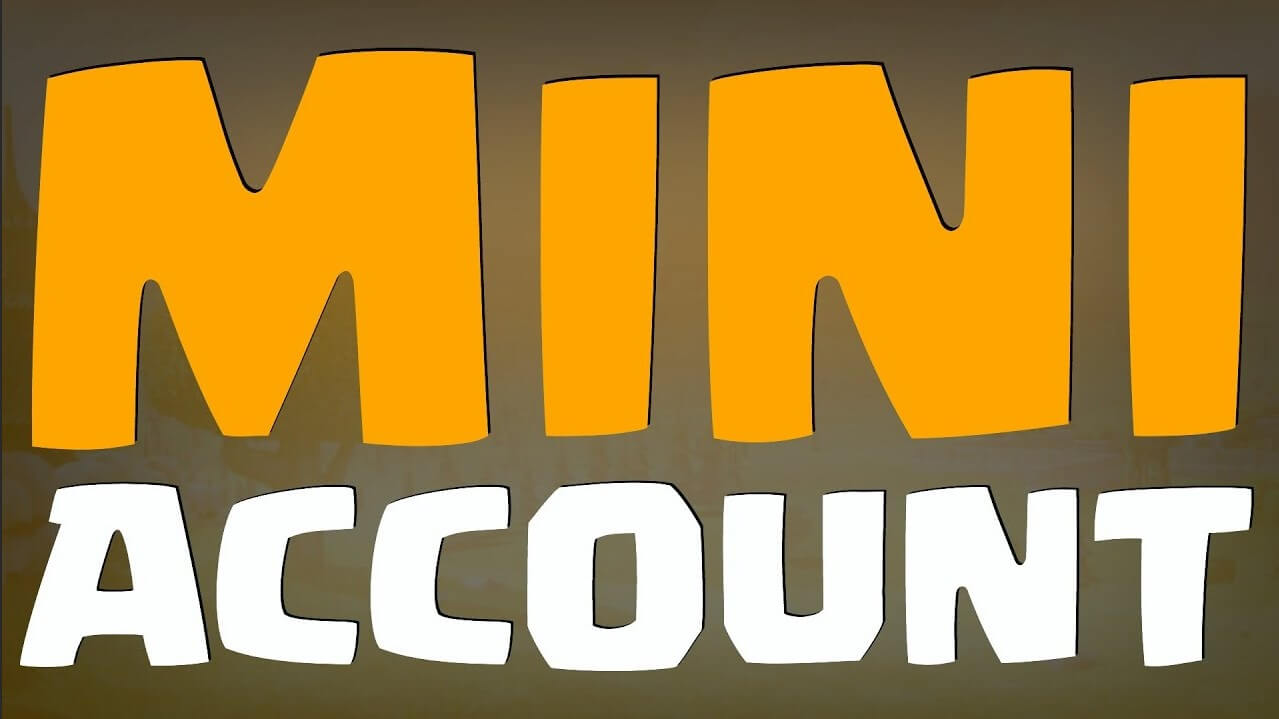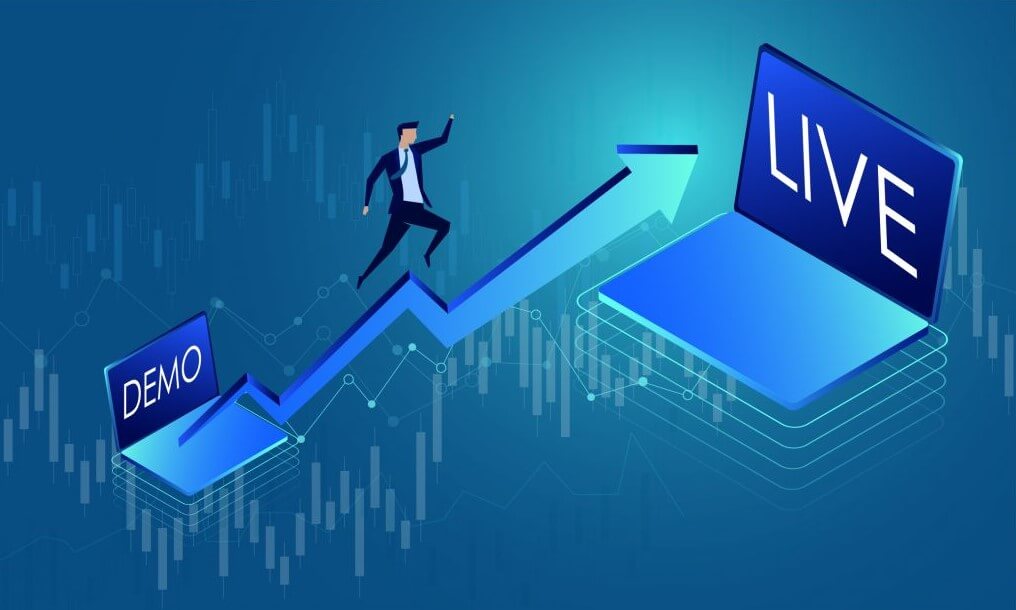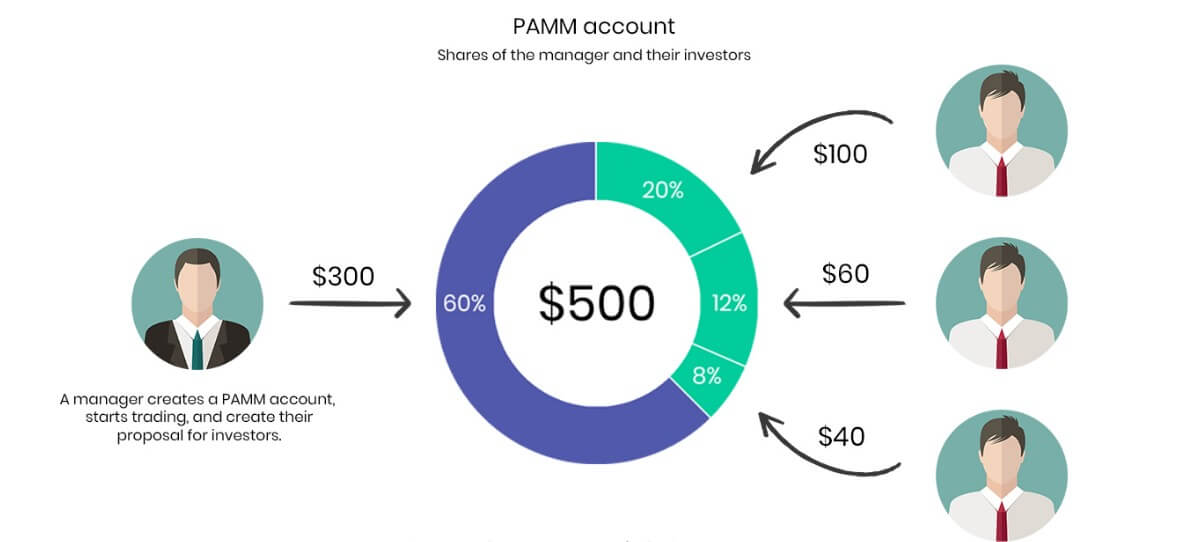When it comes to forex trading, a standard account is the most common account type out there. Most brokers offer an account by this name, especially if the broker only offers one account type altogether. While the name might not sound so impressive, standard accounts do offer some benefits to traders, along with disadvantages. Stay with us to find out more about this type of trading account.
Pros
- Standard accounts can usually be opened with a reasonable deposit minimum, typically from around $100 to $300 or $500 in some cases. Some beginners might have to save up to afford the deposit, but it isn’t an impossible goal to reach.
- Standard account holders can usually access some perks through their brokers, like reduced spreads, bonus opportunities, and so on.
- Those trading on a standard account have good opportunities to profit. For example, you could profit $1,000 with each pip being worth $10 if a position moves in your favor by 100 pips. It usually isn’t possible to come out with this type of gain with other account types.
- Spreads on standard accounts are usually about average, although some brokers do offer competitive spreads on these account types. This can really go either way.
Cons
- Some brokers might ask for a larger deposit in order to open one of their standard accounts. The good news is that you can avoid those companies and look for a cheaper broker if you can’t meet the minimum requirements.
- Although standard accounts offer a good opportunity to gain profits, traders can also lose the same amount of money if things move against them.
- Beginners might struggle with the loss potential on these accounts, especially if they are only working with the minimum required deposit in their account. One bad move could be financially devastating if the risk isn’t managed well enough.
- While standard account holders can usually access some perks, they are often more limited than those offered to higher tier account holders. Bonuses might be more limited, other account holders might be given a free trading coach or one on one lessons, and so on.
The Bottom Line
Many beginners start out with either a mini account or a standard account. The standard account is a common type of trading account that can usually be opened for $100 to a couple of hundred dollars, with some perks, like an opportunity for larger financial gains, average to competitive spreads, and extra perks in some cases. On the downside, traders can lose just as much as they can gain, so these accounts can be dangerous for those that don’t really know how to manage their risk well. We’ve also seen high fees with some brokers on these account types, so traders will need to remain diligent when it comes to researching terms associated with any broker’s standard account before signing up.







